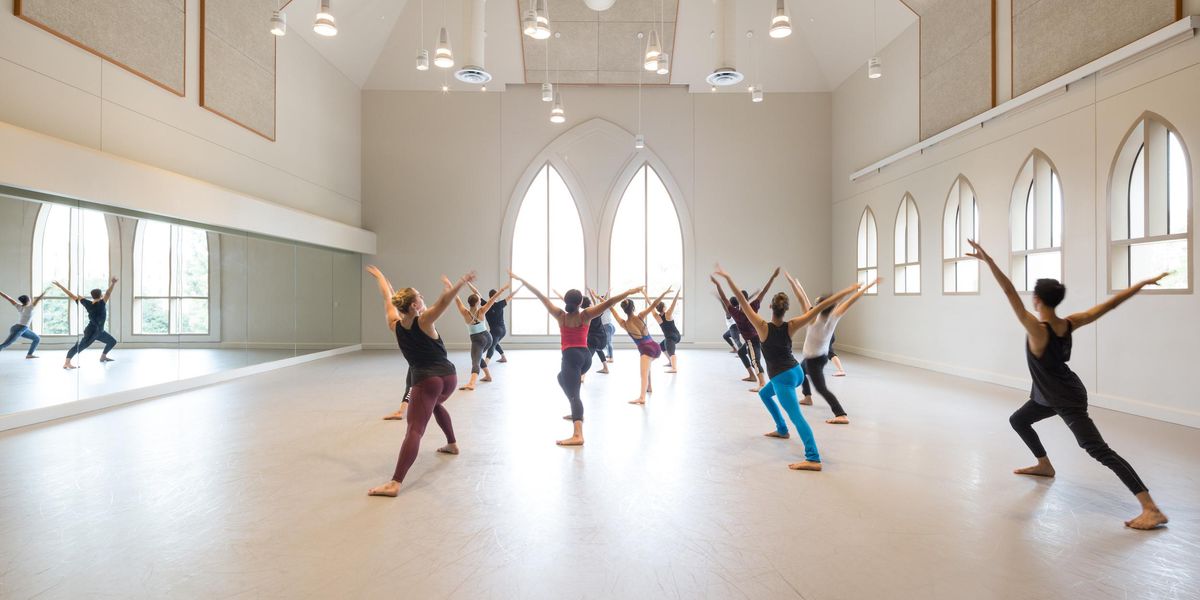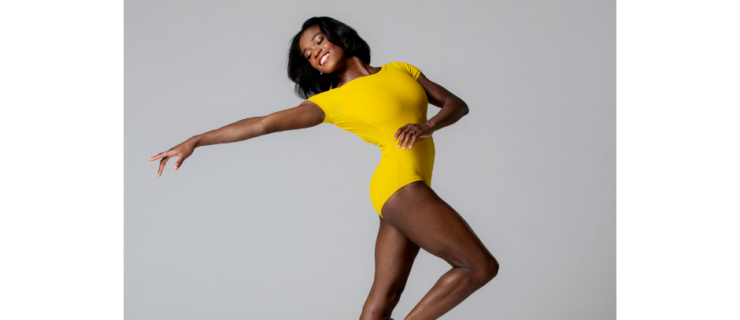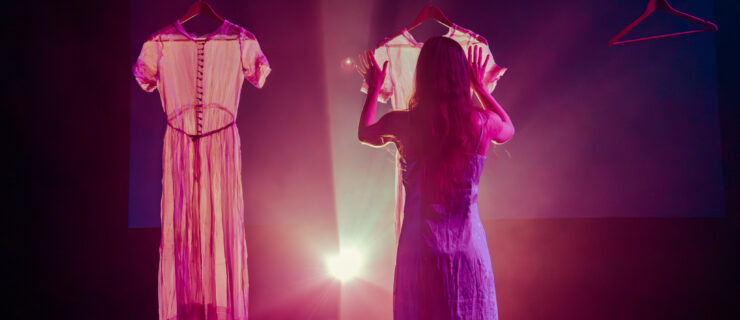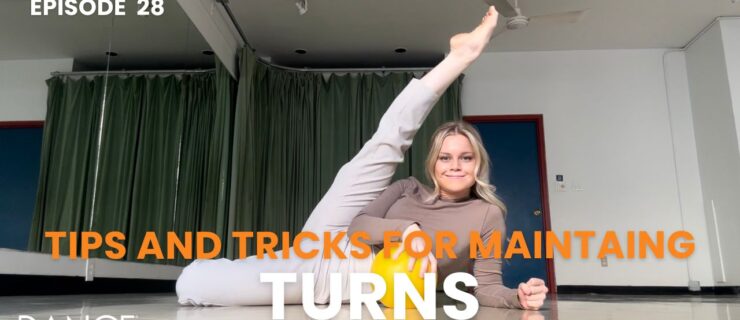Quick Q&A: Marcelo Gomes
ABT’s most passionate male star adds choreography to his list of talents.
Whether a love-struck prince or an evil sorcerer, Marcelo Gomes transforms into characters of all kinds. The depth and sincerity of the Brazilian-born star, who brings out the best in nearly the entire roster of female principals at American Ballet Theatre, are matched by his explosive technique and refined musicality. Lately, he’s broken into making his own ballets. This month, he ascends the throne (again) as one of five men in “Kings of the Dance: Opus 3.” The third installment of Sergei Danilian’s popular evening, co-produced by Segerstrom Center for the Arts, premiered last year in Moscow, and now comes to New York City Center. Gomes will not only dance in a solo by Jorma Elo and a group work by Mauro Bigonzetti, but was commissioned to make the finale, which he will perform with Guillaume Côté, David Hallberg, Denis Matvienko, and Ivan Vasiliev. He spoke to associate editor Kina Poon in November.
How did you become interested in making work? I started getting the itch a couple of years ago. I’ve always listened to music and fooled around putting steps to it. Maybe five years ago, Ethan Stiefel asked me to come to Martha’s Vineyard and make a piece for his summer program. It wasn’t my best work, but it opened up a huge door for me.
Your recent pieces feel more personal and joyous. What changed? When you start choreographing, it’s intimidating. It’s hard to find what you are trying to say, if there is a difference that you want to make. I stopped trying to be revolutionary; I just wanted to create something beautiful. The minute I switched gears, it was amazing how much more fulfilling it was.
How was directing this group of guys who are essentially your peers?
The dancers I had to work with are every choreographer’s dream. Going into my first rehearsal, I was pretty nervous. I knew them as colleagues, as coworkers, but also you just hear of these legends. And there they are in front of you and you’re expected to tell them what to do.
It’s incredible how natural and easy it was to work with them. If something didn’t feel good in their bodies, I could see it right away. They were very patient in letting me figure things out.
From left: Vasiliev, Matvienko, Hallberg, Gomes, and Leonid Sarafanov rehearse
KO’d. Photos above and at top by Gene Schiavone, Courtesy Ardani.
What was your biggest challenge in making the finale?
I wanted to feature what each guy does best but not just, well, you come out onstage and do a bunch of à la seconde turns. I wanted to incorporate my vocabulary, contemporary movement, with their classical training, and blend everything.
Where did your title KO’d come from? KO’d comes from knock out. It’s an appreciation of boxers and how they train for so long and last for a very long time or a minute and that’s it. For us, we train our whole lives to go out there and do a one-minute variation. I thought that was a nice mirror image. And of course it’s also a play on “Kings of the Dance.”
But can I confess something? I don’t like naming my ballets. It’s a very hard thing for audiences to come in and open the program and have a preconceived notion about what the ballet’s going to be about.
There’s a playfulness to your work, and an emphasis on acting both in your choreography and in your own dancing. Where does that come from?
As a kid, I started mostly with musical theater and jazz. I think that those early moments when I broke out of my shell have really helped me with my performances. I’ve learned a lot from my ballerinas, especially in dramatic roles. To have a ballerina die right before your eyes—how can you portray that response just by the change of your face or your body language? I think you need a certain kind of imagination, and something that comes from deep within. To find that has brought me so much joy, as much as hitting a really good turn or something. [laughs]
What choreographers inspire you? I’m definitely inspired by Jorma Elo. He pushes me into moving in ways that I didn’t know were possible. Kylián’s work has also inspired me. But I’m most inspired by classical ballet in general. I think seeing a beautiful technician roll on the floor and come up and do a really held attitude turn—that difference is something that fascinates me.




